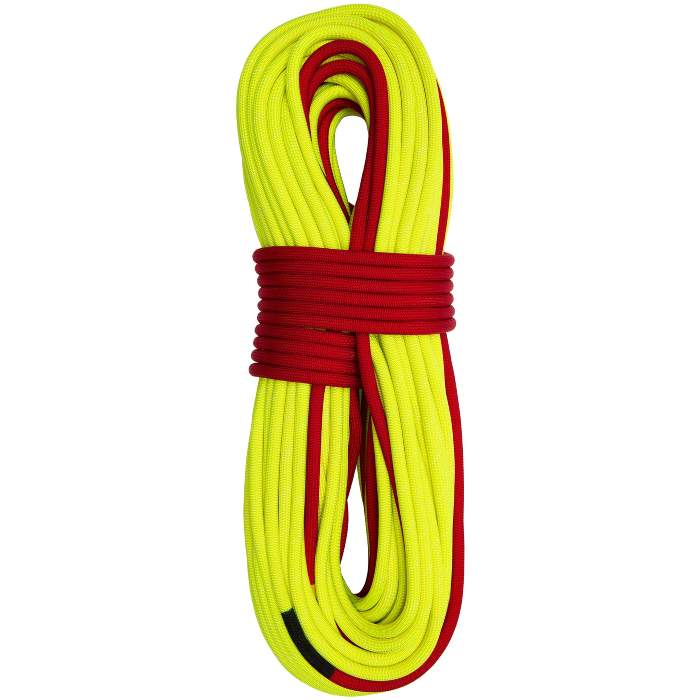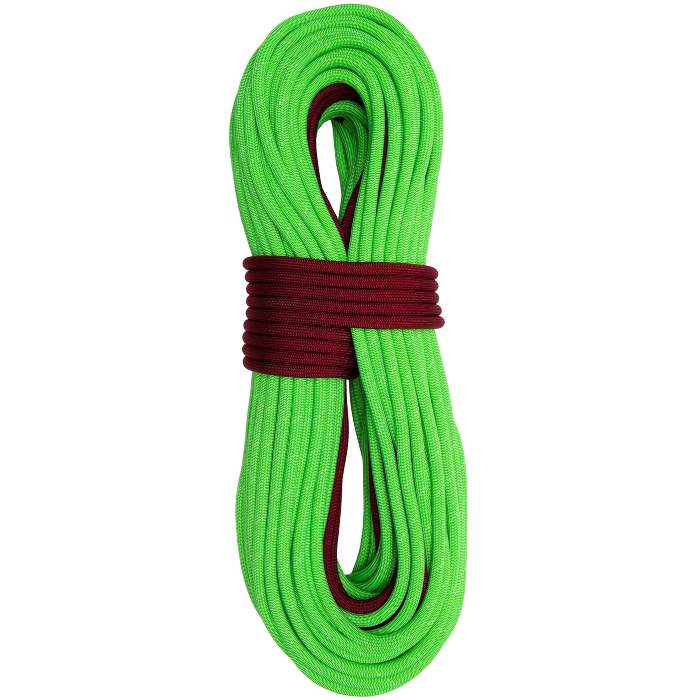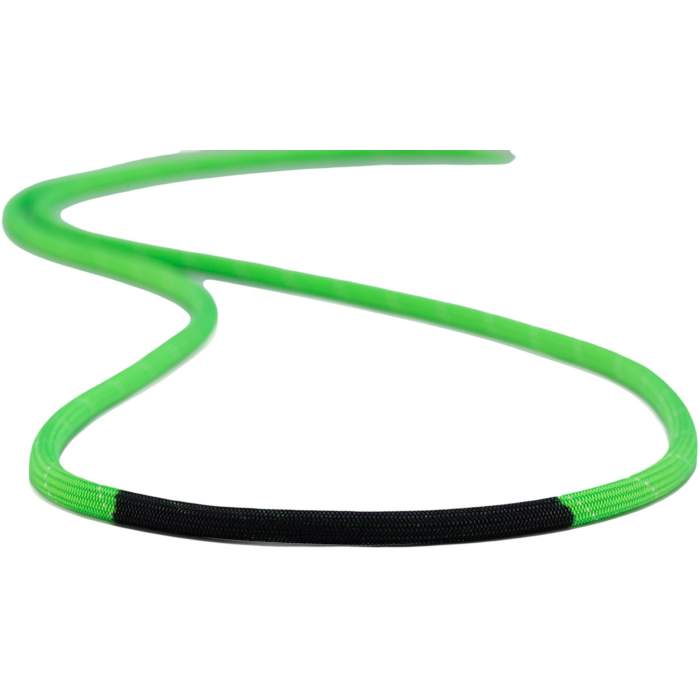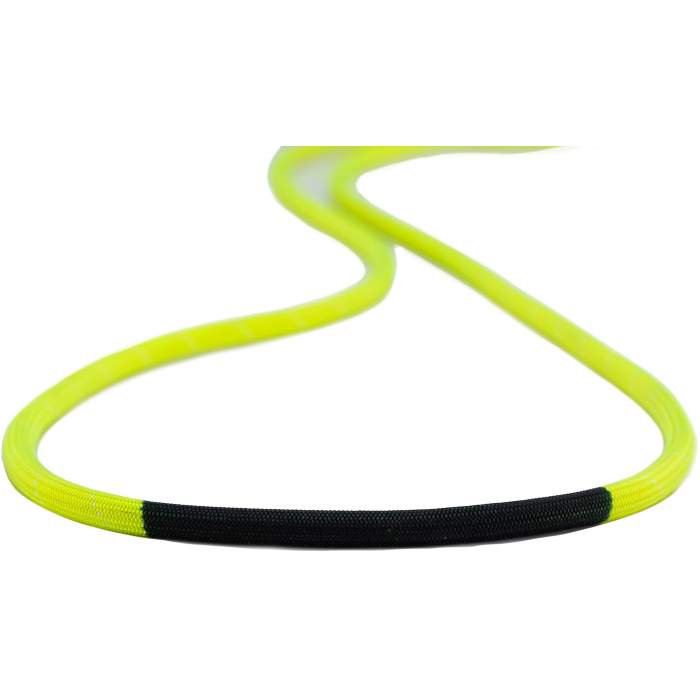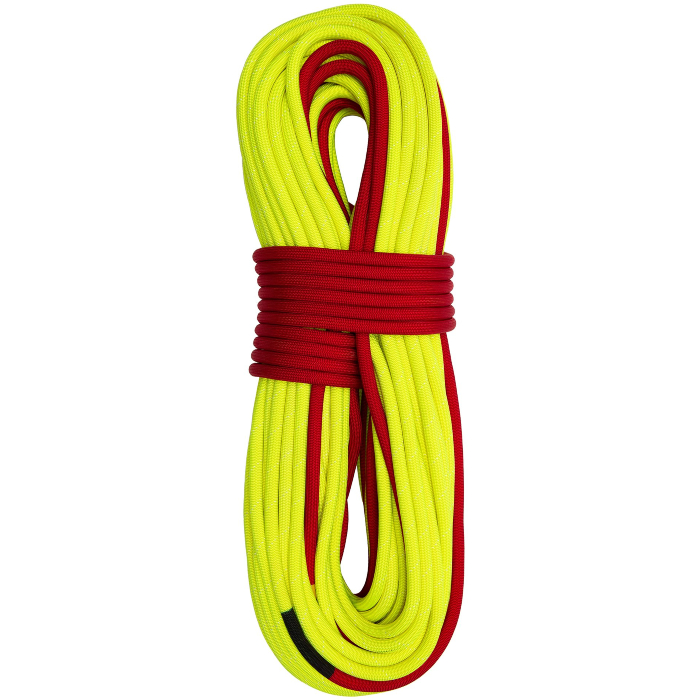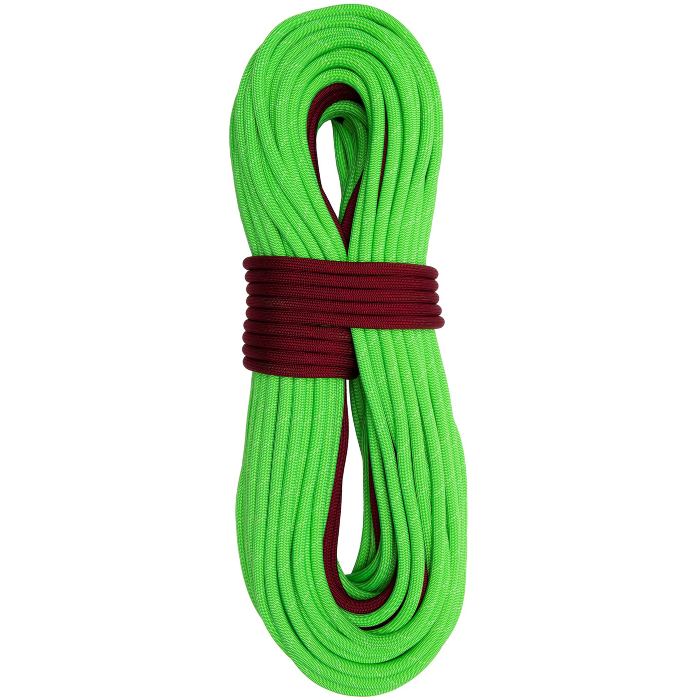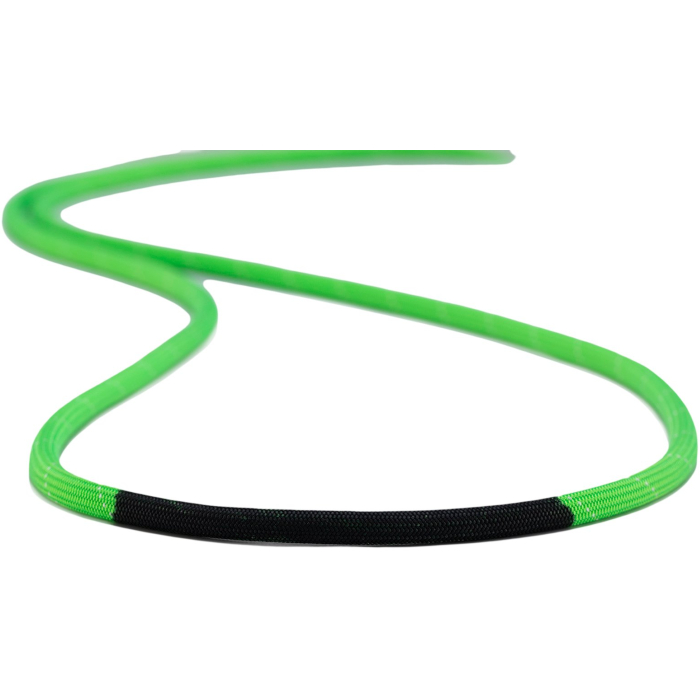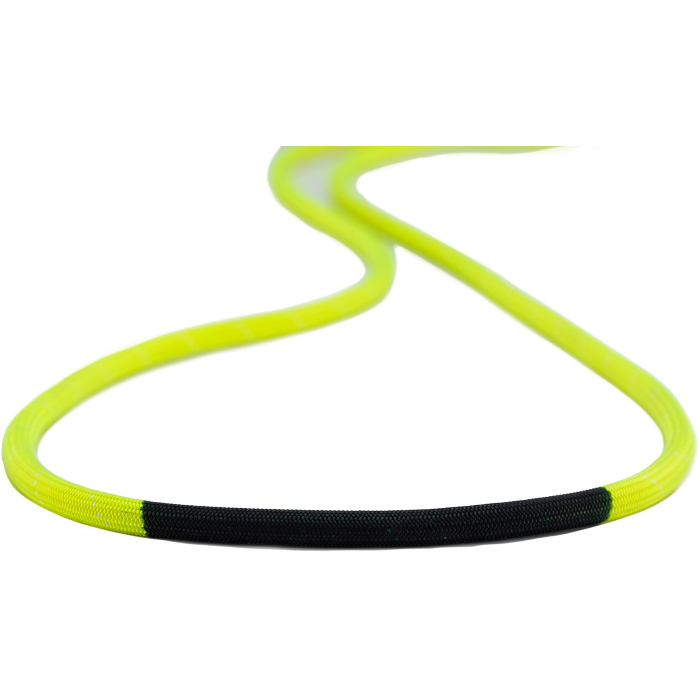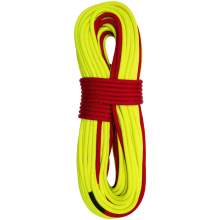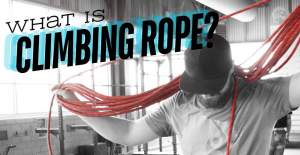Trango rope care, general information and retirement.
9.1mm Agility 80m
Description
The Agility 9.1 is designed to be the only rope you'll ever need. Triple rated to serve duty in a single, double, or twin setup, available with or without dry treatment, and featuring Spider Wear for enhanced durability, this lightweight powerhouse goes anywhere and does everything from alpine to sport to trad. The Agility 9.1 includes the proprietary RED FLAG treatment marking the final 5M of each end a bright, contrasting red and providing a clear visual indicator of approaching rope ends. Easy to locate ends give climbers enhanced levels of safety during the riskiest parts of rappelling and lowering. This rope combines futuristic performance with revolutionary safety features to make our most advanced rope yet.
- Spider Wear construction for enhanced durability
- Agility 1x1 weave for better performance and handling
Retail price
When you click a link below and then checkout online, no matter what you buy (climbing gear or not), we get a small commission that helps us keep this site up-to-date. Thanks!

| Weight | 56.0 g/m 9.876 lbs / 4480 g |
| Diameter (millimeters) | 9.1 mm |
| Length (meters) | 80 m |
Rope Type  Type
There are 3 types of dynamic ropes that are used by climbers. They are known as Single, Half (Double), and Twin. The type of rope preferred varies by climbing style, location, and region. Single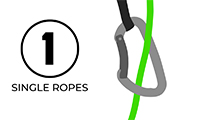
By far, the most common type of rope. Great for indoors and out. In the US, it is the most common sport and big wall and are also used for trad cragging. The handling is simple and the diameter options are quite varied. Half (Double)
The best cure for a meandering route, only one of the ropes will clip into each piece of protection so a mindful climber can can reduce rope drag considerably. You can also rappel twice the distance, it’s easier to safely protect traverse pitches and there is a smaller chance that both ropes would become damaged (by rockfall, crampons, etc). Twin
Both ropes must be clipped through each piece of protection. This is the lightest style of (two) ropes. They excel for rappels, going twice the distance vs a single rope, but do not have the ability to mitigate rope drag even though there are two ropes. It is unlikely both ropes will be damaged at once, and is why many alpine, ice and mixed climbers choose twin and/or half ropes. Learn More
Every rope type and when to use them | Single/Half/Twin |
UIAA Falls (Single / Half / Twin)  UIAA FallsThis refers to the number of UIAA falls a rope has been tested to be able to withstand without breaking. The UIAA fall is a complicated test that is designed to create a uniform standard for strength in ropes, and is not generally reflective of real-world climbing situations. The test involves dropping a weight tied to the rope in such a way that it will see the highest amount of force a real-world situation could generate. The UIAA requires that Single and Half ropes must pass this test without breaking at least 5 times, while twin ropes must withstand 12 falls. In practice, it can likely be concluded that ropes that have higher than this standard number of falls will be stronger and put up with more abuse. It is important to note that any rope that is UIAA or EN certified is considered safe to climb on, regardless of the number of UIAA falls it is rated for. | 9 falls / 24 falls / 50 falls |
Dynamic Elongation (Single / Half / Twin)  Dynamic ElongationThis refers to the amount of stretch measured during the dynamic testing (or drop test) used when certifying ropes. Higher stretch will absorb more force and result in a softer catch but increases chances of groundfall at the beginning of a climb. The EN and UIAA require a stretch of at least 10% and no more than 40% for dynamic ropes. Single and Half ropes are tested individually and Twin ropes are tested as a pair. | 32.0 % / 29.0 % / 27.0 % |
Static Elongation (Single / Half / Twin)  Static ElongationThis refers to the amount of stretch measured during the static test used when certifying ropes. Most climbers will notice the difference in static elongation when climbing in a top rope situation, where higher stretch will make for a springier belay and could result in a ground fall when climbing closer to the ground. The EN and UIAA require a stretch of no more than 10% for Single and Twin ropes and no more than 12% for Half ropes. Single and Half ropes are tested individually and Twin ropes are tested as a pair. | 8.2 % / 8.2 % / 4.8 % |
Impact Force (Single / Half / Twin)  Impact ForceImpact force is the amount of force in kN that is measured at the testing mass during the UIAA dynamic drop rope test. When the weight is dropped, the force measured must be at or below 12kN for Single and Twin ropes and 8kN for Half ropes. The real world application of this test is determining that the rope can dissipate and absorb the appropriate amount of force from the fall as it would be felt by the climber. The variables used in the test set a situation that is well beyond anything climbers encounter, and shouldn't be considered realistic to actual climbing situations. In reality forces of this magnitude would result in severe injury as this test is designed to test the limits of the rope and not the comfort of the climber. | - |
Dry Treatment  Dry TreatmentWhen a rope is dry treated, it has had a coating applied to its core fibers, its sheath fibers, or both. The purpose of this coating is to reduce the amount of water the rope can absorb when in wet or icy conditions. Wet ropes are heavier, handle and belay differently, and have been tested to be weaker than dry ropes. Many climbers prefer dry treated ropes for very dusty or dirty environments, as they are more resistant to uptake of dirt and can stay cleaner longer. Learn More
Benefits of Dry vs Non-Dry ropes | None |
| Sheath Proportion (%) | 37.0 % |
| Sheath Slippage (mm) | |
| Type of Middle Mark | Marking |
| Rope End Marker | Yes |
| Certification | |
RFID / NFC Option  RFID and NCFThis technology can be helpful if you are a gym or professional business where you'd like to track the usage and age of your ropes. RFID is how items are uniquely identified using radio waves (Radio Frequency Identification). It's for 1-way communication from 10cm to 100m away depending on the frequency. Example: Airport Baggage. NFC is a subset of RFID that is restrained to close proximity communication typically less than 10cm (Near Field Communication). NFC chips can operate a 2-way signal to exchange information. Example: Apple Pay. | None |
No reviews yet.
The Trango Agility 9.1mm is a well-rounded rope, but without its innovative RED FLAG features, I would consider the rope pretty average. With the outdoors booming thanks to COVID, outdoor gear has also been booming and innovating quickly. The Agility isn’t necessarily lighter, more durable, or more innovative than its competition. However, for the price and the features, the Trango Agility should definitely be one of your considerations! I look forward to my Agility proving me wrong the longer I use it.
It is sad and scary for me to hear and read of so many accidents each year involving rappelling and lowering. Though easy to say, "Just tie a knot in the end of the rope and the problem is solved," reality is not always so cut and dry. Knots can get caught in cracks on windy days when rappelling, and as much as we are encouraged to do so, most climbers I see at the crag do not tie knots in the end of their ropes. Red ends are just one more needed step toward keeping us fallible human beings from making mistakes. As I have aged, I can much more readily admit that I can be quite forgetful at times. "Where are my keys?" "Did I remember to turn on my morning alarm?" "What day is it?" For this reason, and because of the incredible handle-ability, the Trango Agility 9.1mm with Red Flags is my new rope.

